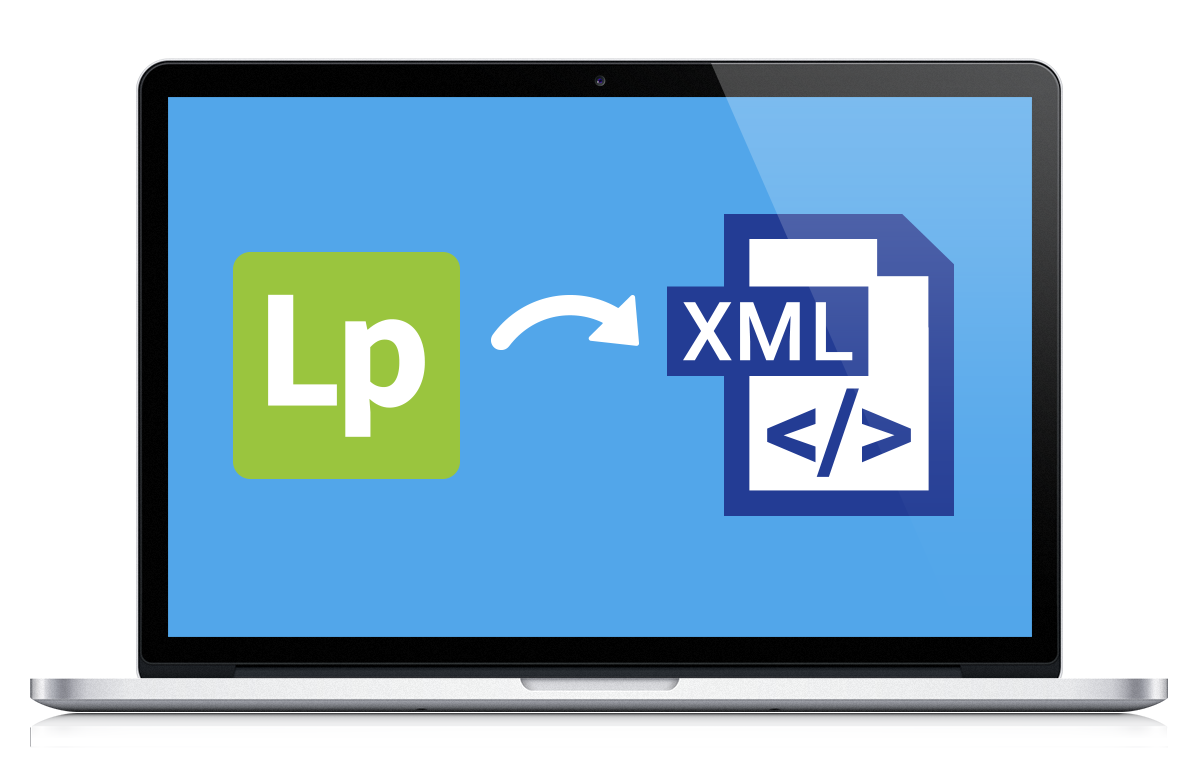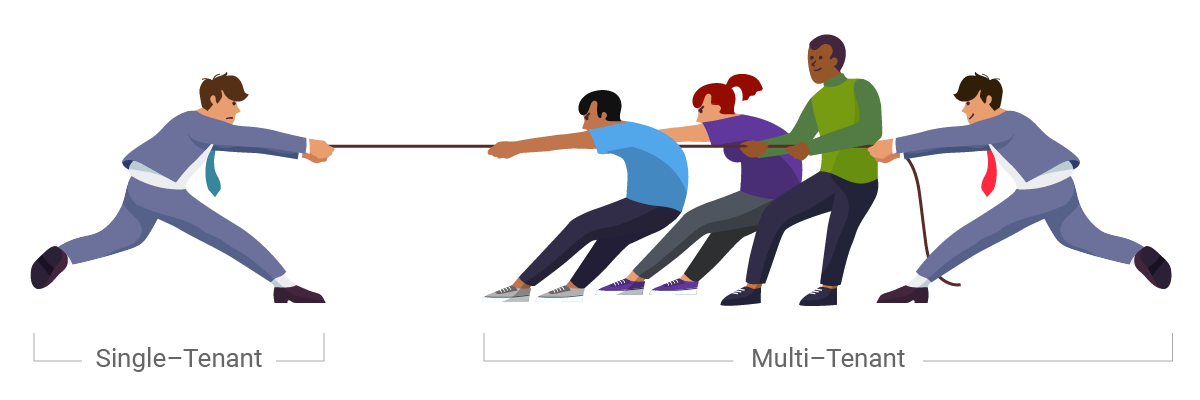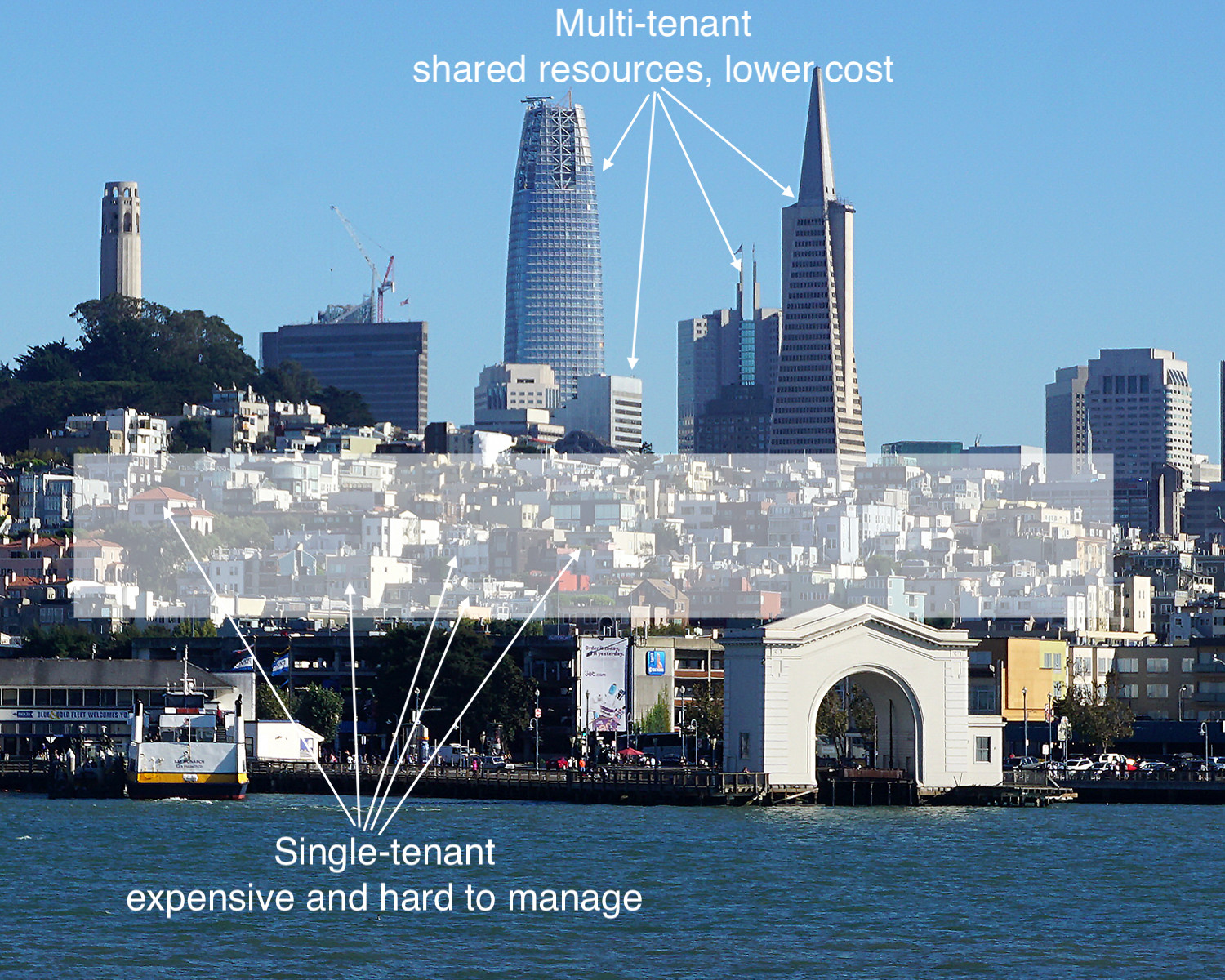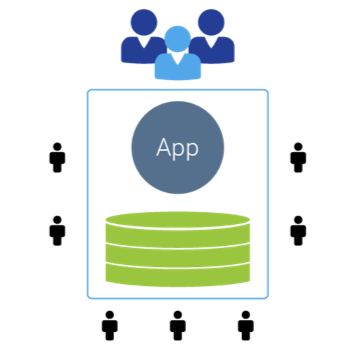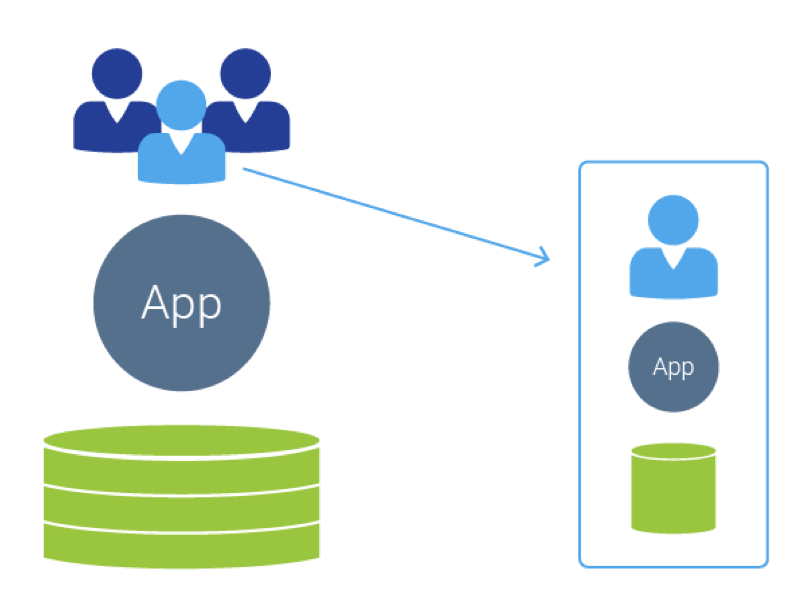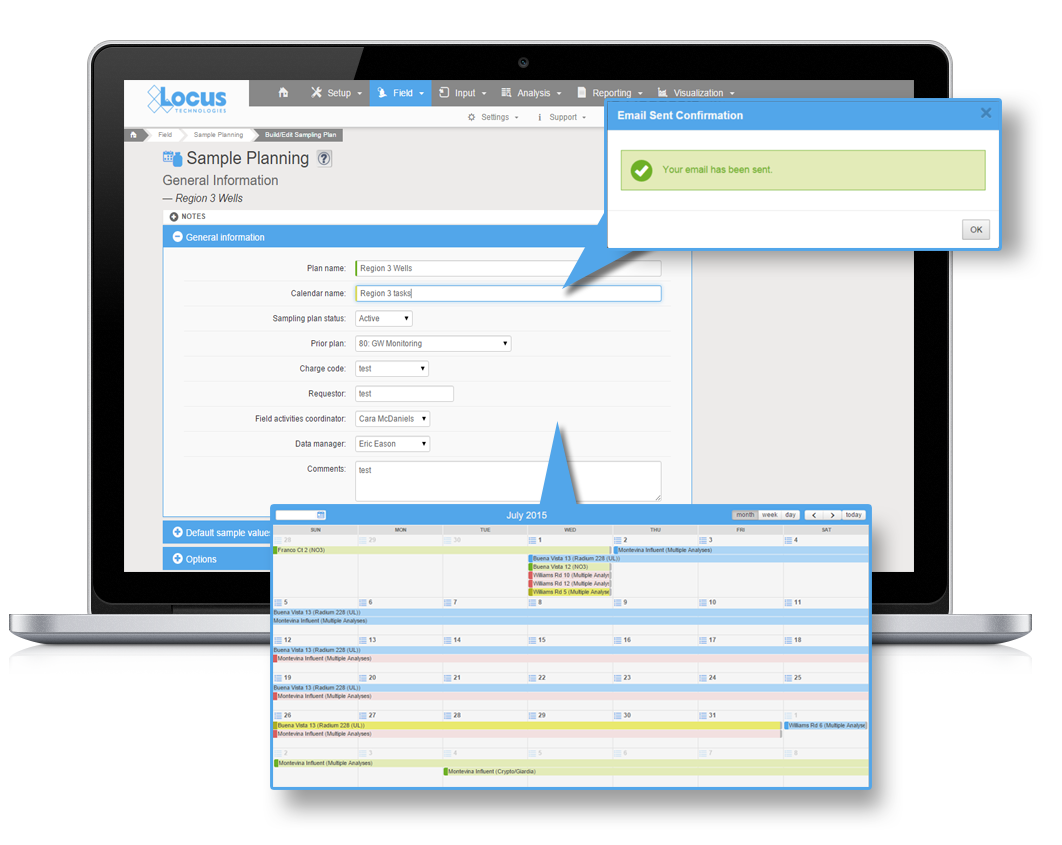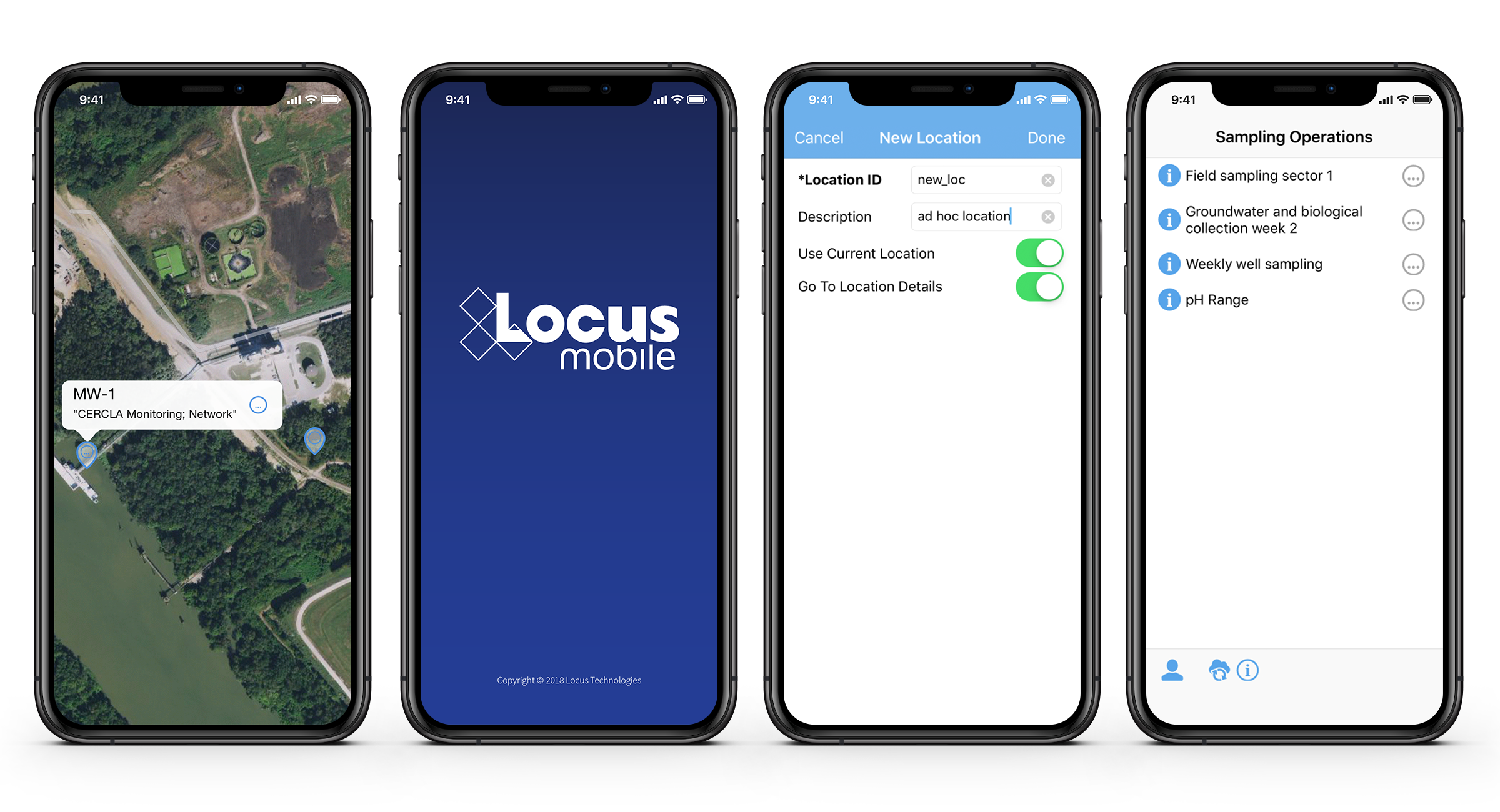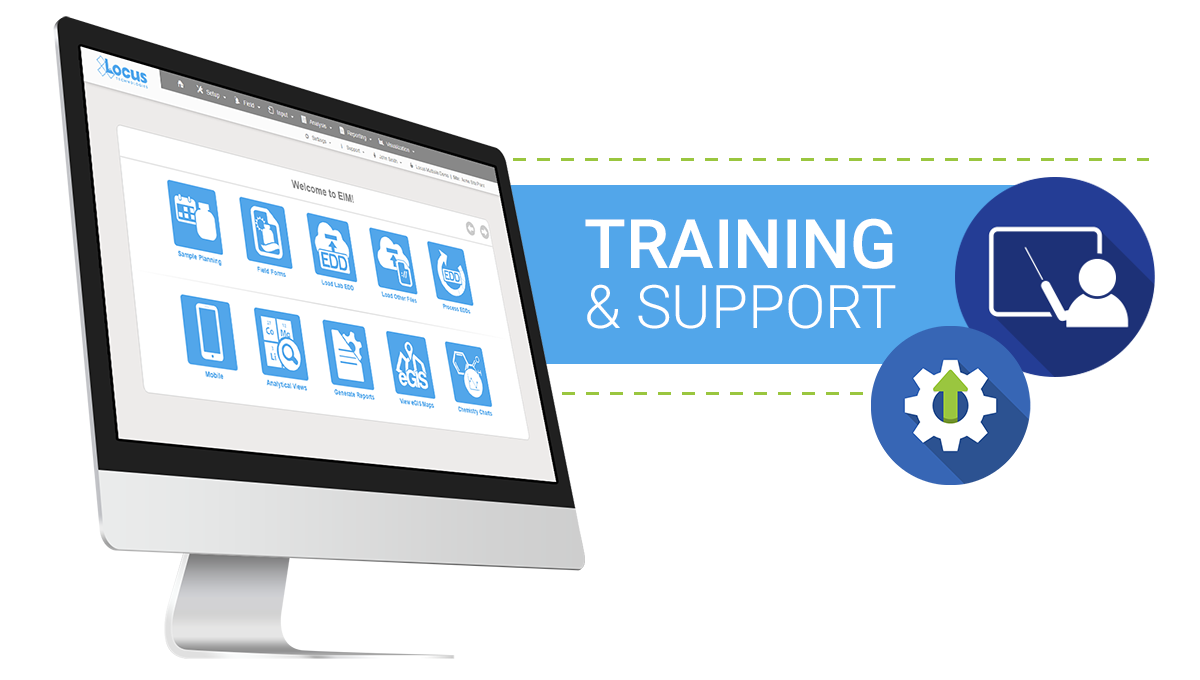5 time-saving tools for EHS compliance
We all know the struggle of getting things done with shortened staff without compromising the quality of our work, especially in EHS. Locus Technologies’ Locus Platform (LP) offers multiple options to ease your complexity by providing a truly SaaS platform packed with some nifty apps. Here are some tools in LP that can help you utilize your workforce much more efficiently:
1) Dashboards tailored to your needs
Every software has built-in report and dashboards, but they may not meet all your needs when purchased off the shelf. If you need a new report, chart, or other visualization of your data, it usually incurs a custom software development charge, but not with Locus Platform (LP). LP allows you to assemble the information you want in your chosen format (bar or line charts, maps, tables, treemaps, diagrams, etc.) and share your custom dashboards and real-time information/data with your team. In addition, the views and dashboards export to Excel, so you can easily integrate with commonly used tools and further mine the data. At the enterprise level, powerful dashboards will help you understand the status of each facility based on a matrix you design. With the LPs flexibility, facility information can be automatically populated based on the user credentials, saving your team time and frustration.
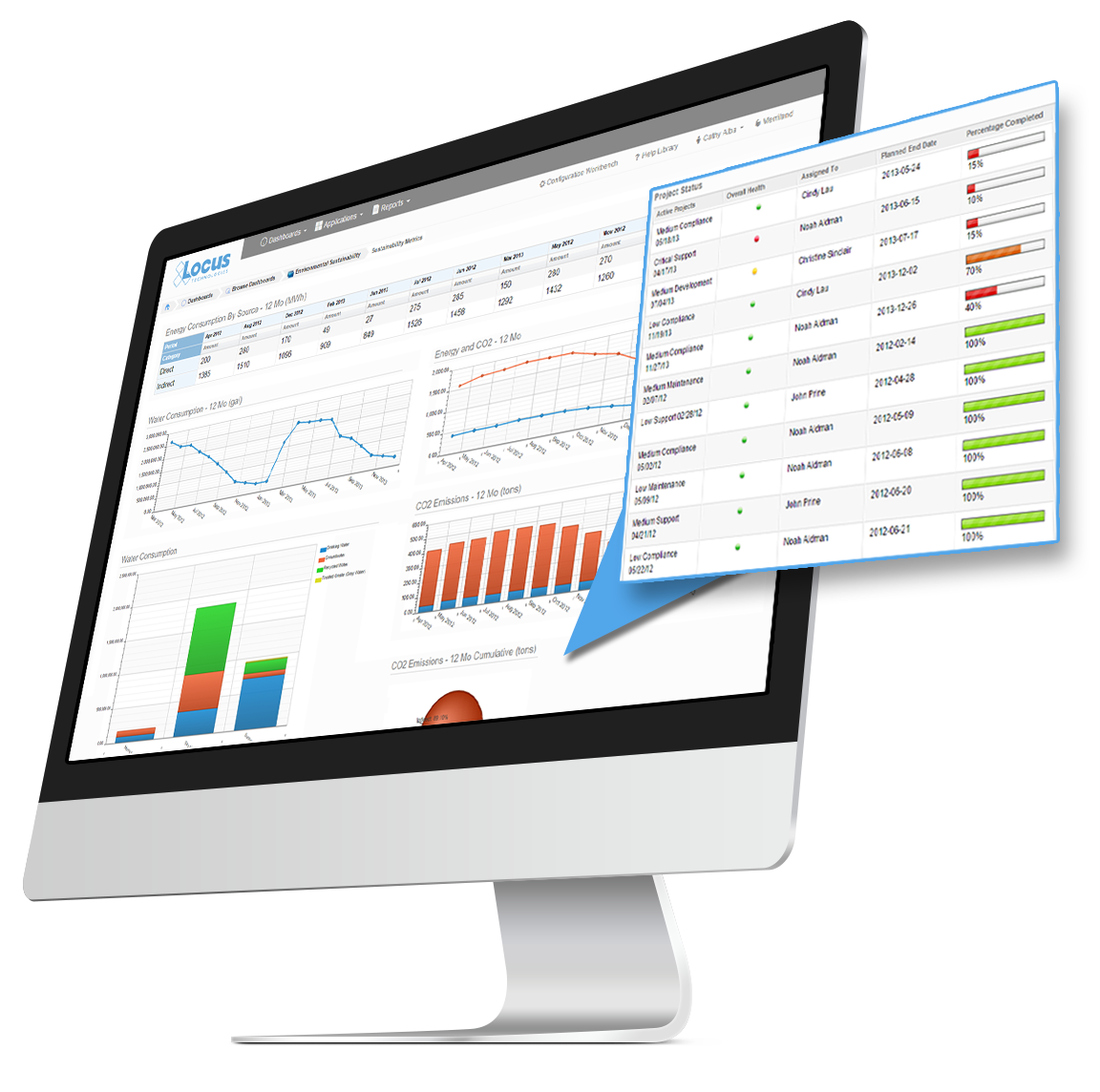
2) Simplified Sustainability Reporting
Locus Platform’s Sustainability application and calculation engine support simultaneous calculations using multiple methods for various reporting programs including EPA, California ARB, CDP, TCR, DJSI, and others. This allows users to input data only once and utilize it to report to multiple federal, state, and voluntary reporting programs, according to their required format. The application will also support direct electronic reporting formats for many reporting programs, so that additional manual transcription and submittal of data are no longer necessary. This is a very powerful tool and a huge advantage to customers in terms of improving efficiency, while reducing costs.
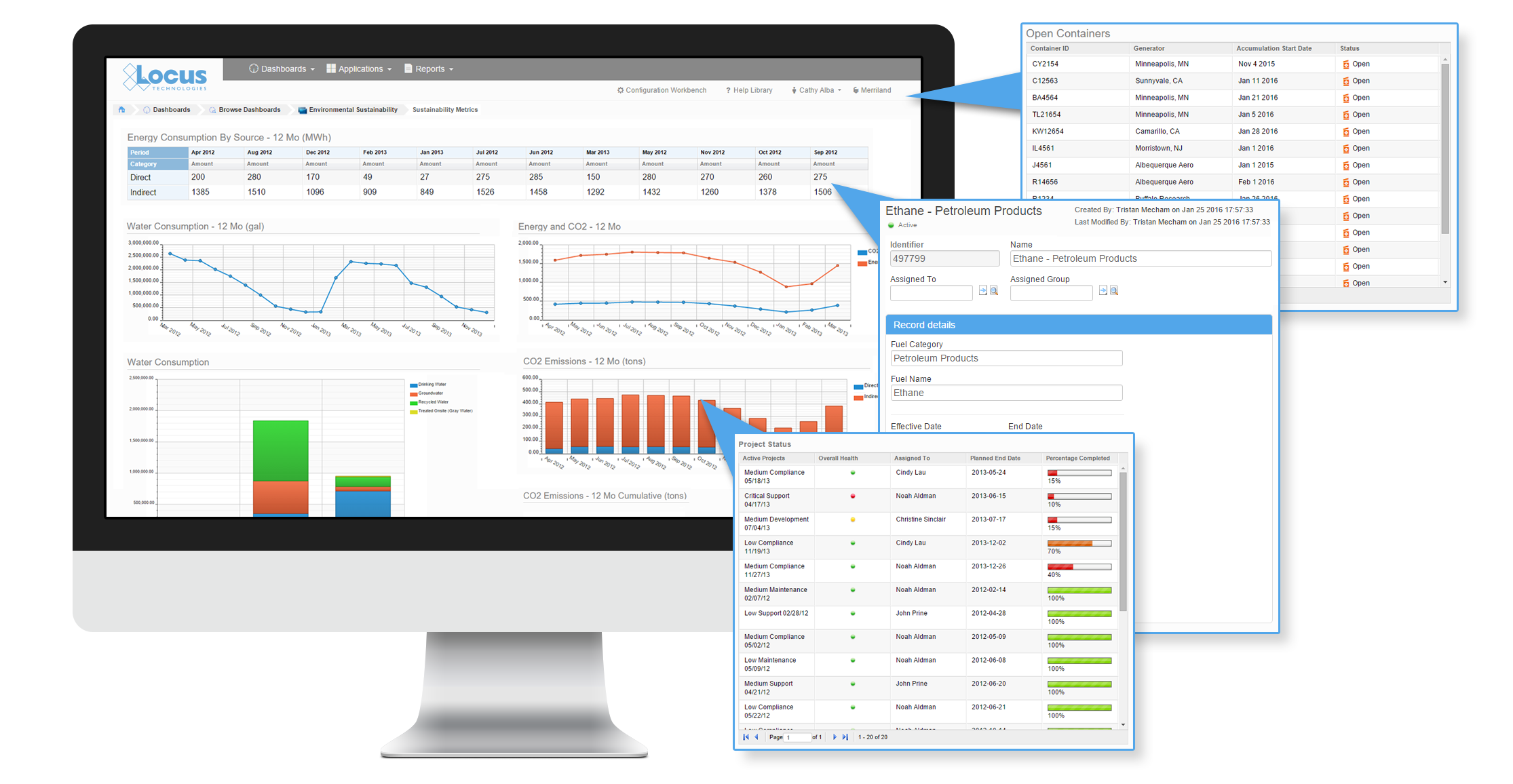
3) Integration
Integration, if done correctly, can save you a great deal of time and headache during some of the most tedious and cumbersome tasks in EHS data management. Locus Platform (LP) has built in a unique point and click integration application to enable connection with major databases or third-party systems that have open API (Access privileges). Some integration, database, and communication standards and methods that are supported include OLE compliance, SOAP, COM, Java, XML, web services, ODBC/ODMA/SQL/Oracle, VIM, and MAPI. LP also works well with MS Excel and provides a powerful two-way synchronization allowing users to download parts of the database to Excel, then work, edit, and verify or append data on their local copy of Excel where they have no internet connection. Any revisions they perform to the downloaded data in Excel can be automatically synchronized back to the Locus Platform application. During the process, a complete audit trail will be preserved. This can be a great time saver especially when you are sending large volumes of valid values in a database or if you are migrating any historical data.
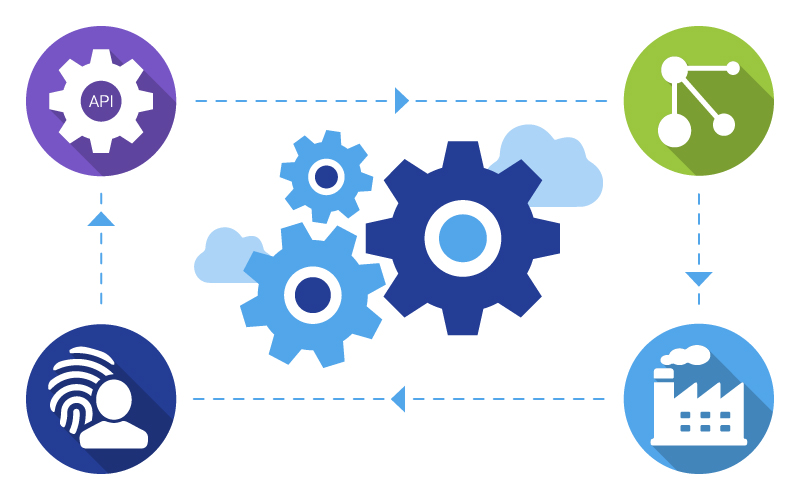
4) Mobile
Locus’ Mobile application allows you to sync with your server to create data collection profiles on a mobile device, whether it’s your phone or a tablet. It will allow you to click through and enter data on the device even when you are offline. Data validation is performed in real time and is stored locally on the device, once the phone reaches an internet signal, it will sync with your server, and the data will automatically be updated in Locus’ cloud-hosted solution. What’s more, Locus Mobile works seamlessly with both EIM and Locus Platform.
Using Mobile you receive the benefits of data entry directly on the mobile device, with immediate data availability on the cloud when you reach an internet signal. Other advantages of using Mobile include location metadata and mapping integration, bar-code/OR code scanning, voice recognition, and form customization. If you’d like to know more about the Locus Mobile application, check out the Top 10 cool features in Locus Mobile.
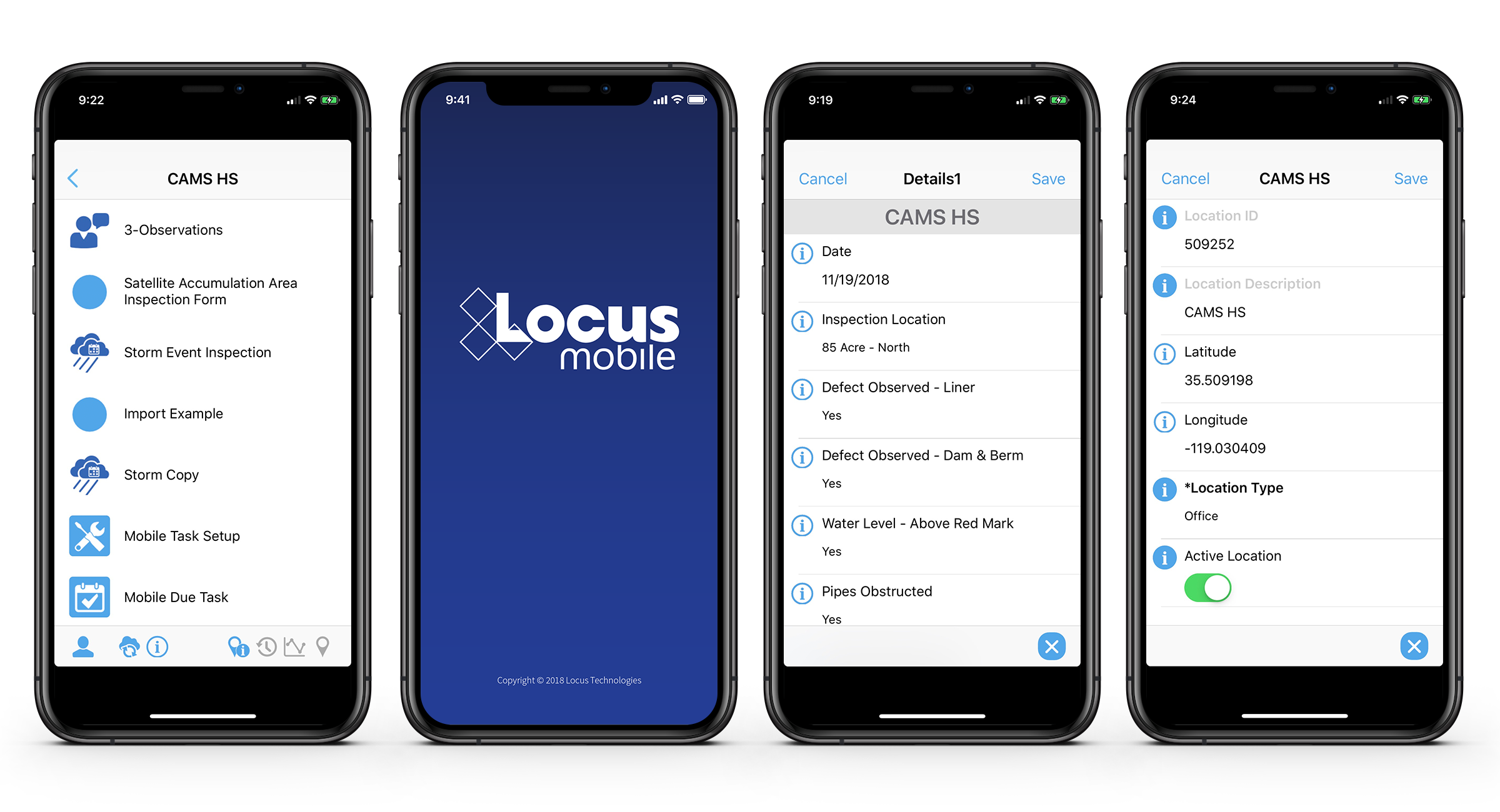
5) XML Exports
Locus has prioritized enhancing its GHG application in Locus Platform to make it easy to manage GHG emission inventory tracking and reporting requirements. Locus Technologies is the only software vendor that is a certified GHG verifier under the State of California’s AB32, and has performed the most GHG verifications in California since 2015. The State and Federal eGGRT web portals are notoriously cumbersome and require a significant amount of your time to input all the required data and generate your report. But with XML support, you can bypass almost the entire data entry process, and complete your submittal within a few minutes. XML reports support many greenhouse gas subparts, including EPA GHG Subparts C, D, W, and NN. And because data entry for EPA and CARB is consolidated in the XML GHG application, it eliminates the need to maintain separate agency spreadsheets and software. Additional reporting programs are also adding support for XML submittals, such as EPA’s eManifest. This functionality can be a huge time saver for anyone working with these online regulatory reporting tools.
